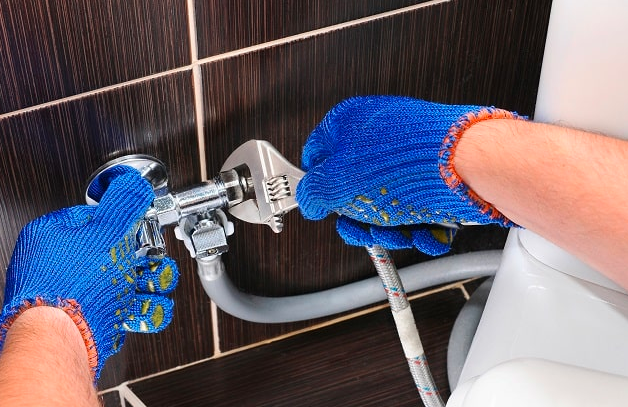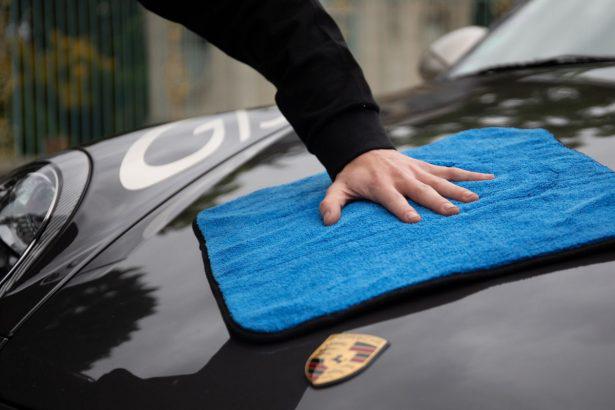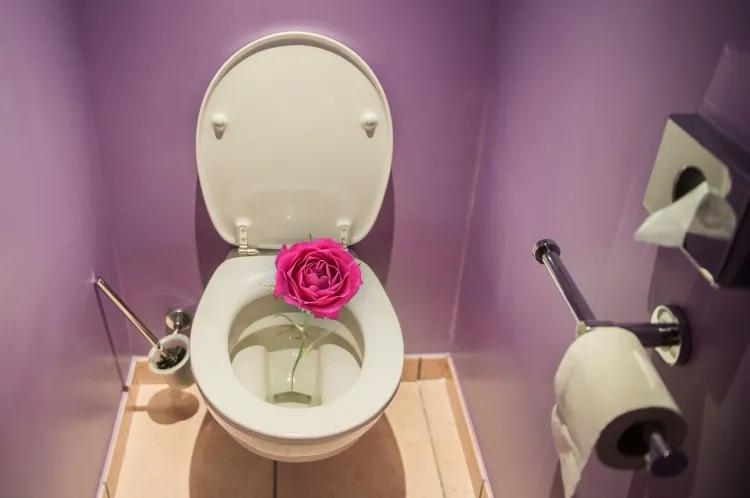Congratulations! The big day has arrived. You have replaced the liquid and the sponge with a brand new dishwasher, to the delight of the whole family. A good thing, since in addition, this investment will be quickly amortized by the savings it will make you realize. But a few steps are necessary before contemplating your machine or showing off at family meals. A simple formality, with the right tools in hand.

You have just purchased a dishwasher, but installing it seems difficult? Rest assured. Some installation kits make this intervention accessible to everyone. Follow these few tips for successful connections, and say goodbye to the drudgery of washing up!
1. Check Location
Before you start, check the presence of these different elements in your kitchen:
a cold water inlet hose,
a shut-off valve, preferably,
a drain pipe,
a grounded electrical outlet,
yes For added safety, try whenever possible to make your electrical connections opposite the water/drainage connections.
2.connect the dishwasher to the sink tap
If your installation does not have a supply tap, you will need to install a self-drilling tap, which is easily installed on a Ø 10 to 16 mm (or Ø 10 to 12 mm) copper pipe without fitting or cutting materials. 5 simple steps are enough to install a self-drilling faucet:
turn off the water, as a precaution, even if it is not mandatory for the ¼ turn,
Lightly scrub the transplanting pipe at the faucet location. Use steel wool if copper is bare, or strip and abrasive scuff if painted,
install the mounting flange and its rubber seal,
tighten the faucet gently until its cookie cutter pierces the pipe,
Immobilize the valve in the desired position, using its lock nut and a spanner.
All that remains is to hook up your dishwasher using the water supply hose.
Connecting a water supply
Use gloves to avoid injury during plumbing work.
3. Prepare for evacuation
If your installation is equipped with an existing drain (an open PVC pipe with an elbow that serves as a trap), insert the drain pipe from the dishwasher in such a way that #39; it is not ejected under water pressure, nor too deep to avoid backflow. If present, use the fixings supplied with your device.
On the other hand, if no evacuation has been planned, you will need to install a branching flange, sold with an evacuation kit. For that :
Use a barrel drill to insert into the body of the flange, to drill out the 32mm or 40mm PVC drain pipe. Resistance must be felt. This is normal, since you are drilling a sturdy pipe,
unscrew and remove the cylinder as soon as it turns without resistance again,
fit the drain fitting equipped with an anti-reflux valve, choosing the type of fitting corresponding to the hose of your machine.
To finish, fit the drain hose, and secure it with a hose clamp.
4. Install and connect the dishwasher to the power
For good evacuation, and to avoid damaging it, make sure that your equipment is perfectly level. Take a spirit level, an essential tool for any handyman, and adjust the height-adjustable feet of your device. Finally,
plug it into the dedicated electrical outlet. It must be part of a separate circuit (20 A circuit breaker and 30 mA differential circuit breaker on the panel) and located at a sufficient height (in case of water leakage),
Be careful not to crush the power cord when placing your equipment and do not use extension cords or power strips,
Perform a short cycle ("express", pre-rinse...) to make sure everything is in order.
yes Carefully read the safety instructions in the manual for your device!
Prev: Jazz Day: Herbie, again!








